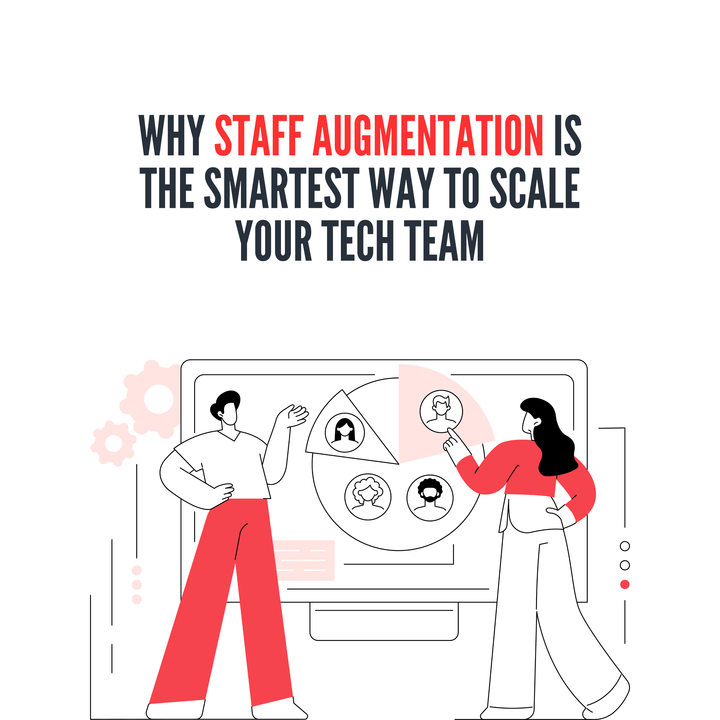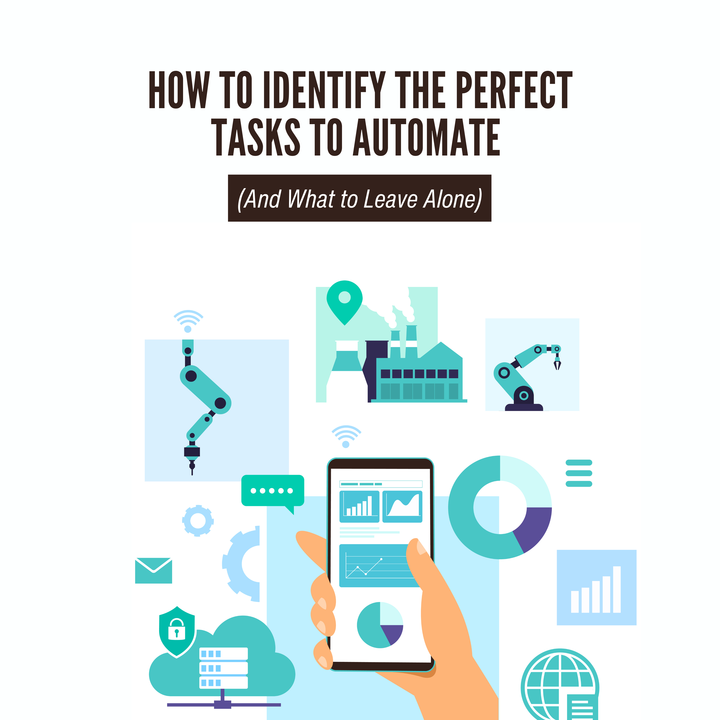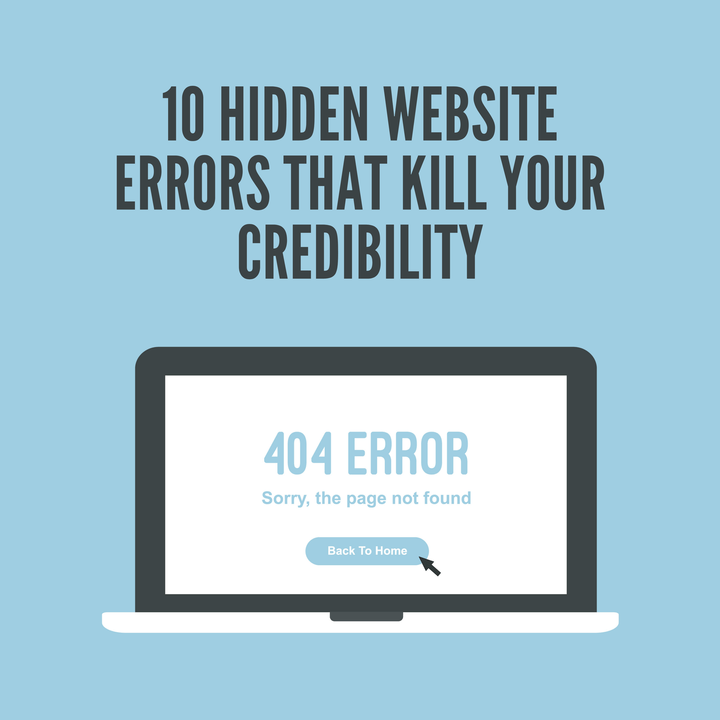What’s Next in Software Development?
In 2025, software development continues to change rapidly. From AI-assisted coding to sustainable engineering, these trends are redefining how tech teams build, manage, and scale software. Whether you’re a developer, tech enthusiast, business leader, or HR professional, staying on top of these shifts can help you make smarter tech decisions. Here are the top trends shaping software development in 2025.

AI-Powered Development Is Getting Smarter, Not
Just Faster
AI-Assisted Coding Is Moving Beyond Basic Suggestions
AI coding assistants like GitHub Copilot, CodeWhisperer, and Tabnine have already made an impact by generating code snippets and automating repetitive tasks. But in 2025, AI isn’t just assisting; it’s becoming an integral part of the development lifecycle.
AI-powered tools will understand project context, enforce coding best practices, and even predict potential bugs before they arise. Instead of just suggesting code completions, AI will help structure entire modules, write test cases, and optimize performance dynamically.
(Source: Analytics Insight)
AI in Code Reviews and Quality Assurance
Software teams spend significant time reviewing code and identifying security vulnerabilities. AI is starting to step in to automate these reviews, pinpoint potential security risks, and suggest real-time fixes.
Machine learning models will analyze past bug reports and predict where future issues might occur. This means development teams can proactively address vulnerabilities instead of waiting for QA cycles or security audits.
API-First Development Is Becoming the Default
Approach
Why API-First Matters for Scalability and Speed
API-first development means designing software with integration in mind from the start, not as an afterthought. It makes connecting internal tools, customer platforms, and third- party services easier while improving scalability and flexibility.
API Management and Integration Are Now a Core Focus
As APIs take on a bigger role in how software works, more teams are paying attention to how they build and manage them. In 2025, teams are using tools to help manage usage limits, organize documentation, and keep systems connected.
An API-first approach helps teams build faster and makes it easier to connect different tools, apps, and platforms.
DevOps Brings Development and Operations Closer
Software teams are now working more closely across development and operations. In 2025, DevOps practices are helping reduce errors, speed up releases, and improve how teams handle updates and changes.
By testing early, automating routine tasks, and working in smaller cycles, teams can deliver better software without long delays or last-minute surprises.
More automation means faster work.
With improved CI/CD pipelines, teams are saving time by automating testing and deployment. This helps catch problems earlier in the process and leads to faster, cleaner software releases.
Sustainable Software Development Is Becoming a
Priority
The Shift Toward Green Software Practices
Sustainability in software development isn’t just about reducing paper waste; it’s about minimizing energy consumption in applications, databases, and infrastructure. In 2025, software teams are actively optimizing code, reducing redundant API calls, and using energy-efficient algorithms to lower their carbon footprint.
Companies Are Measuring Carbon Footprints in Software Engineering
More businesses are now tracking how much energy their software consumes, pushing developers to write code that runs more efficiently. Tech companies adopting green software engineering will gain a competitive edge, especially as governments begin incentivizing sustainable tech solutions. (Source: ComputerWeekly)
Are You Ready for 2025?
From AI-driven development to security-first coding, 2025 is bringing significant transformations in software engineering. Businesses and developers who embrace these trends will gain an advantage, while those who resist risk falling behind in an increasingly fast-paced tech landscape.
Devfinity builds software that’s ready for the future. Book a free consultation today and see it for yourself.
RELATED Articles
Technology teams today face a tough balancing act. On one side, there’s
From generating leads to building credibility, your website is the central hub
Custom software promises to solve unique business challenges, but too often it
Artificial intelligence is the backbone of modern business transformation. From predictive analytics
Automation is no longer a buzzword; it’s a business necessity. From reducing
First impressions matter, especially online. Your website is often the first interaction






